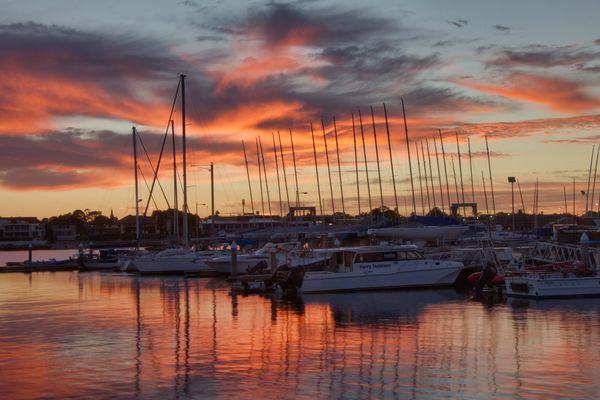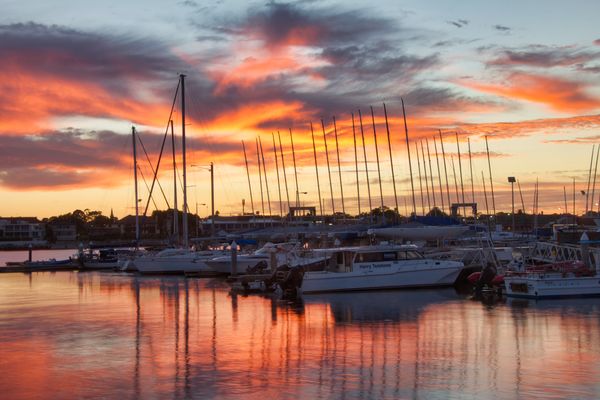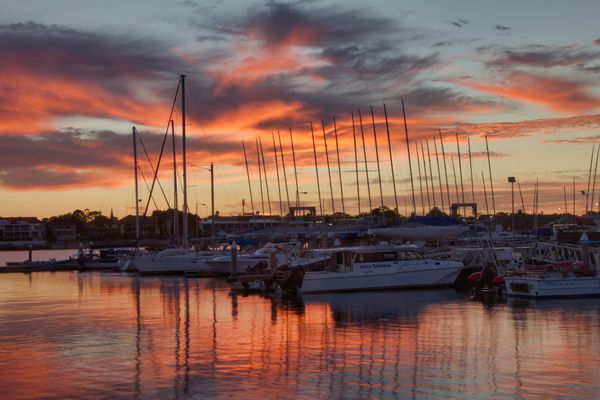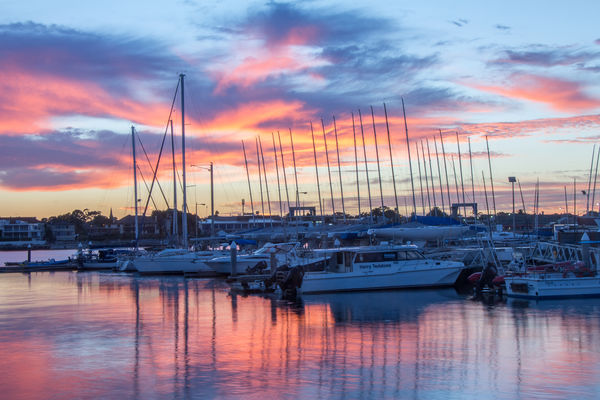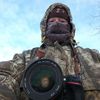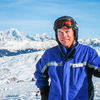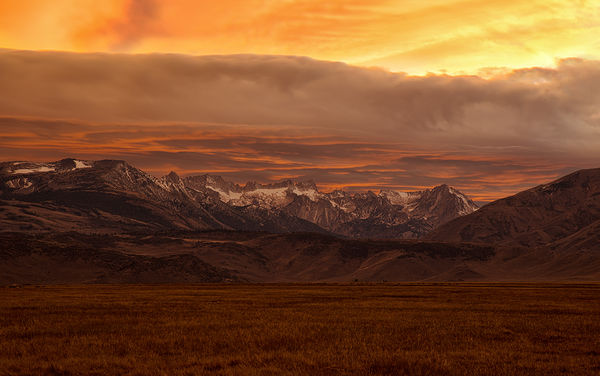Bracketing and Merging
Feb 15, 2018 05:13:07 #
stevenh0027
Loc: Melbourne Australia
Hi,
This is my first attempt at bracketing and then merging the resultant three photos into one (using Light Room).
I set the bracketing at 2 stops either side.
I have included the three original photos and then the blended photo. Other than using Light Room to merge the photos there has been no other post processing.
I am just curious as to UHH members feelings regarding this process. Do people perform further pp after merging?
This is my first attempt at bracketing and then merging the resultant three photos into one (using Light Room).
I set the bracketing at 2 stops either side.
I have included the three original photos and then the blended photo. Other than using Light Room to merge the photos there has been no other post processing.
I am just curious as to UHH members feelings regarding this process. Do people perform further pp after merging?
Feb 15, 2018 05:31:41 #
I do most of my shots bracketed and and after merging in Machinery HDR I open in corel paintshop pro and do some further adjustment usually clarity and fill light and maybe some vibrancy tweaking.
Feb 15, 2018 05:58:16 #
Can you check the bracketed shots against your text. I find it hard to see a spread of four stops across the first three which is what your text is saying.
Feb 15, 2018 05:59:37 #
I like nr. 2 and 3 the best, although the final finished image is OK but it appears slightly unnatural. I use bracketing sometimes and use the same exposure setting as you do and often discover that the underexposed image can be the better one.
Feb 15, 2018 07:18:32 #
Feb 15, 2018 07:42:20 #
I'm intrigued that the 4th, blended photo is so different than the three originals. Looks like your change of white balance had more influence than the blending.
Feb 15, 2018 10:47:27 #
Do you use Auto Tone? I find that it gives good middle-of-the-road settings for further editing, but I wouldn't accept it's output as the finished product. Your merge looks bright, but the darker exposures look better - their colours are stronger and more convincing. The good news is that merging produces very data-rich files that can take lots of pushing and pulling in PP. And the merging process has a noise-cancelling effect. You'll notice that your merged image is low on noise despite being bright, and when you darken it, any noise will become even less noticeable.
Feb 16, 2018 09:31:08 #
Merging images can be fun and rewarding, under the right circumstances. I am curious on this example however. If I understand things correctly (and tell me if I'm wrong), the need to bracket images (HDR) is because the DR in the scene exceeds the DR of the camera. If that was the case here, then was your decision to bracket was correct. If not, and the camera's DR was ok (the histogram of the properly exposed image did not "clip" on either end of the histogram) why would one go through the process. I am adding this photo only to provide an example (it has been posted once before on this forum and I never post the same image twice). The DR of this scene far exceeded the capability of the camera. The mountains were in deep shadow while the highlights in the sky were very bright. A single exposure would never have captured the the range of light in this scene without blowing out the whites or no detail in the shadows. Hence, the need to bracket and merge. Was that the situation in your case? And yes, I did do some PP on the merged image.
Thanks for sharing your images and getting my brain working this AM. Whether it's working right or not is always a question my wife asks me.
Thanks for sharing your images and getting my brain working this AM. Whether it's working right or not is always a question my wife asks me.
Feb 16, 2018 09:52:58 #
Feb 16, 2018 15:31:25 #
stevenh0027
Loc: Melbourne Australia
Hi Hoggers,
Story, I stuffed up the post of the original 3 and doubled up on the 3rd exposure included the and left out the 1st image (least exposure).
Regarding the purpose of bracketing and merging: I understood that it was to enable correct exposure across the whole shot. This is often a problem during sunrise/set because metering on the sky is dominated by the sun leaving the (usually) lower part of the shot underexposed. Metering on the foreground (lower part of the shot) will lead to over exposure of the sky.
By using bracketing we have a better chance of getting the correct exposure of entire scene enabling us to see detail across the entire shot.
Is this not correct?
Story, I stuffed up the post of the original 3 and doubled up on the 3rd exposure included the and left out the 1st image (least exposure).
Regarding the purpose of bracketing and merging: I understood that it was to enable correct exposure across the whole shot. This is often a problem during sunrise/set because metering on the sky is dominated by the sun leaving the (usually) lower part of the shot underexposed. Metering on the foreground (lower part of the shot) will lead to over exposure of the sky.
By using bracketing we have a better chance of getting the correct exposure of entire scene enabling us to see detail across the entire shot.
Is this not correct?
Feb 16, 2018 15:48:34 #
stevenh0027 wrote:
......By using bracketing we have a better chance of getting the correct exposure of entire scene enabling us to see detail across the entire shot.
Is this not correct?
Is this not correct?
Yes. The scene doesn't have to exceed the sensor's dynamic range before bracketing can be justified. As you say, bracketing gives you the "correct exposure", which means
shadows that can be lifted without lots of noise emerging, and it also means strong, manipulatable colours in the highlights that'll stay strong if you leave them bright. I've also found that if you have, say, an apparently flat overcast sky, it's so much easier to extract detail (cloud shape and colour) from a bracketed shot compared to a single exposure (regardless of how well exposed it is).
If you want to reply, then register here. Registration is free and your account is created instantly, so you can post right away.
